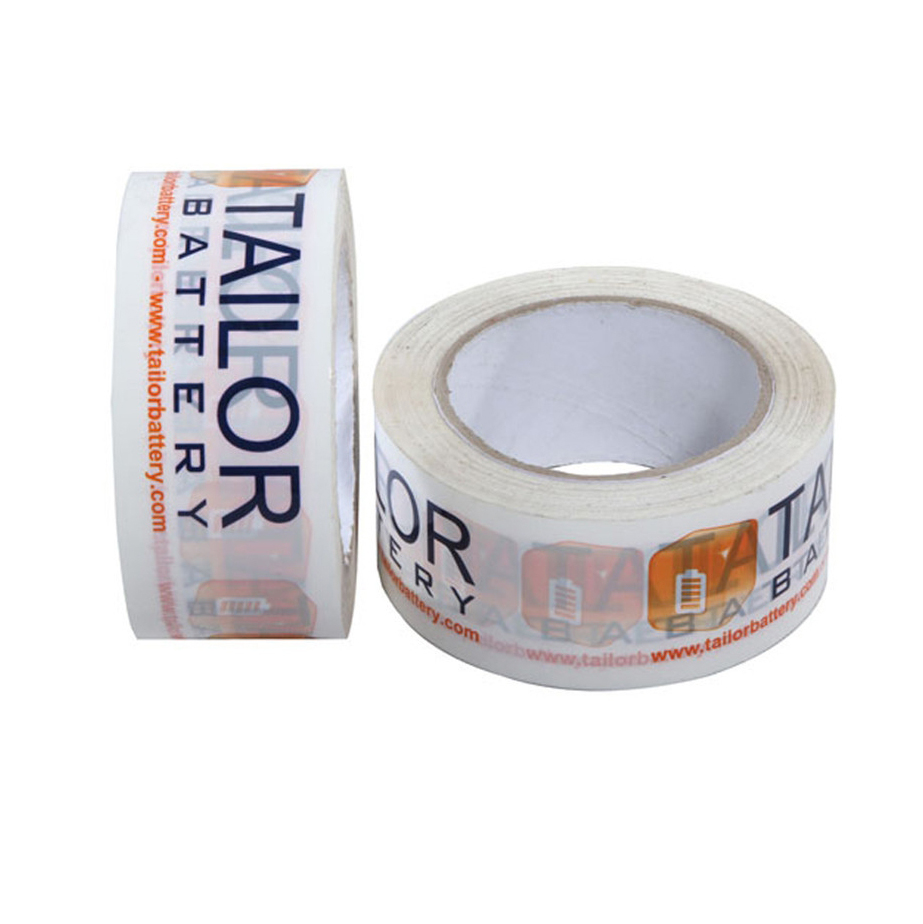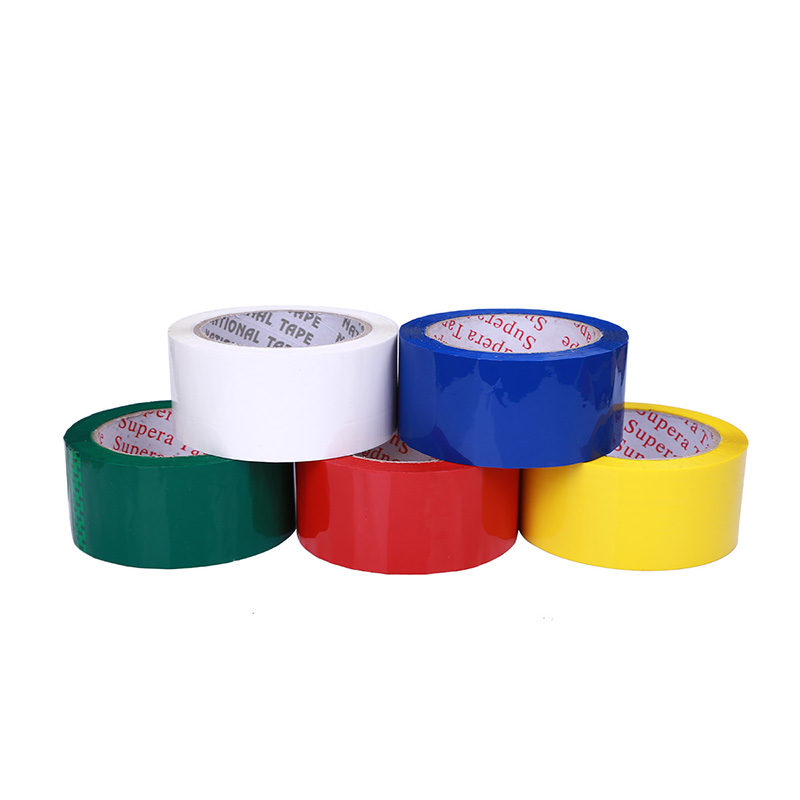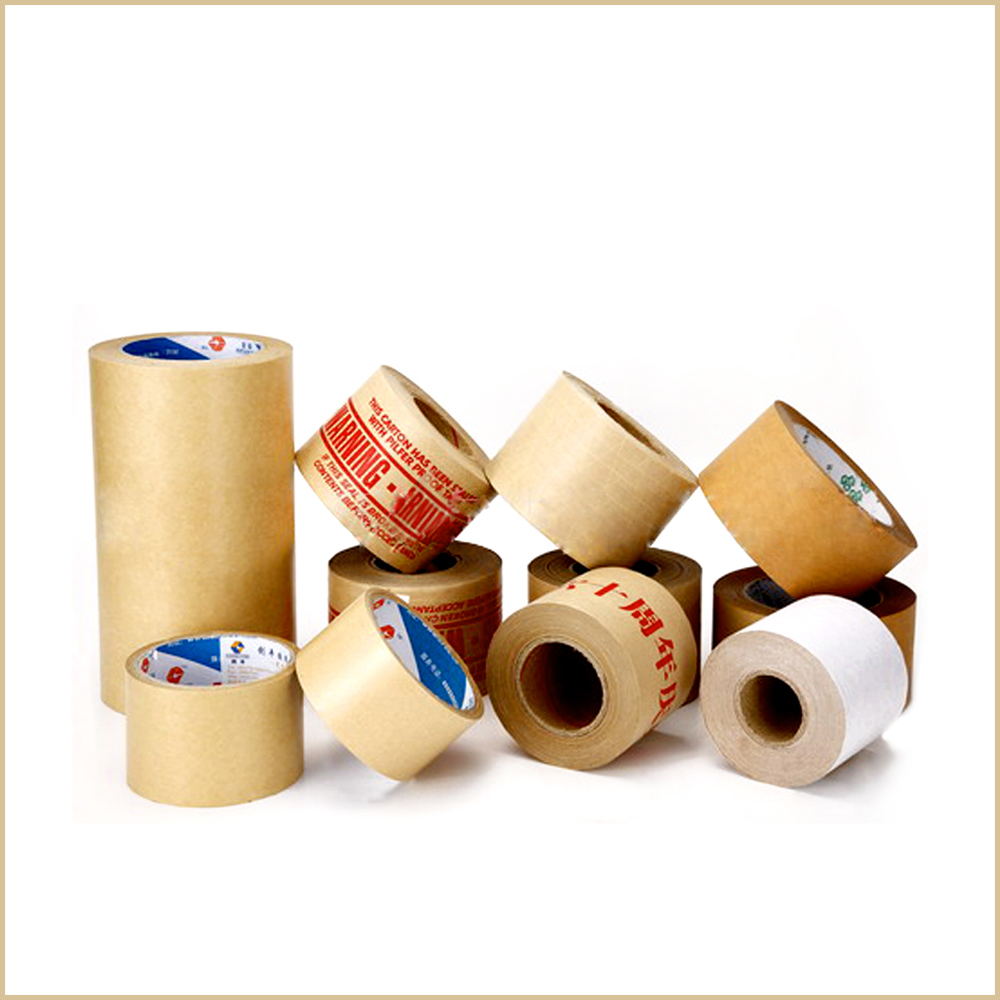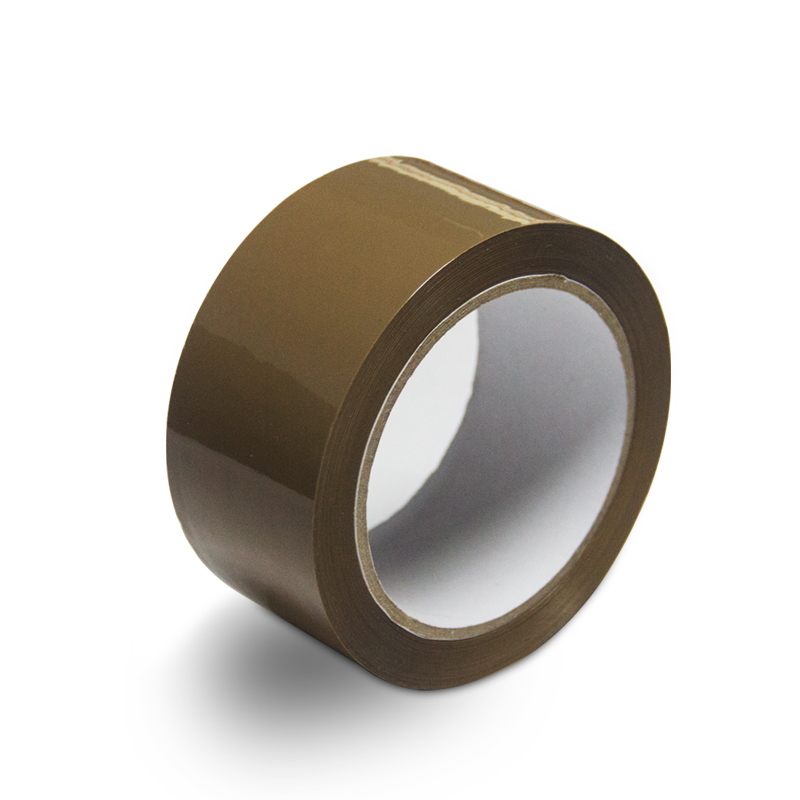User's Manual of ELISA Kit for Bovine Respiratory Syndrome Virus Antibody
This kit is for research use only.
Detection range: 96T
0.5pg / ml-16pg / ml
purpose of usage:
This kit is used to determine the antibody content of respiratory syndrome virus in bovine serum, plasma and related liquid samples.
Experimental principle
This kit uses the double antigen sandwich method to determine the antibody level of bovine respiratory syndrome virus in the specimen. The microplate is coated with purified bovine respiratory syndrome virus antigen to make a solid-phase antigen, and the respiratory syndrome virus antibody is added to the microwells coated with monoclonal antibody in turn, and then combined with the HRP labeled respiratory syndrome virus antigen Antigen-antibody-enzyme labeled antigen complex, after thorough washing, add substrate TMB to develop color. TMB is converted into blue under the catalysis of HRP enzyme, and into the final yellow under the action of acid. The color depth is positively correlated with the respiratory syndrome virus antibody in the sample. The absorbance (OD value) was measured with a microplate reader at a wavelength of 450 nm, and the antibody concentration of bovine respiratory syndrome virus in the sample was calculated by a standard curve.
Kit composition
1
30 times concentrated washing solution
20ml × 1 bottle
7
Stop solution
6ml × 1 bottle
2
Enzyme reagent
6ml × 1 bottle
8
Standard product (32pg / ml)
0.5ml × 1 bottle
3
Enzyme coated plate
12 holes × 8
9
Standard dilution
1.5ml × 1 bottle
4
Sample diluent
6ml × 1 bottle
10
Instructions
1 serving
5
Developer A liquid
6ml × 1 bottle
11
Sealing film
2 sheets
6
Developer B liquid
6ml × 1 / bottle
12
sealed bag
1
Specimen requirements
1. Specimens are extracted as soon as possible after collection, and extraction is performed according to relevant literature, and experiments should be conducted as soon as possible after extraction. If the test cannot be performed immediately, the specimen can be stored at -20 ℃, but repeated freezing and thawing should be avoided
2. The samples containing NaN3 cannot be detected because NaN3 inhibits horseradish peroxidase (HRP) activity.
Operation steps of ELISA kit for bovine respiratory syndrome virus antibody
1. Dilution of standard products: This kit provides one original standard product. The user can perform dilution in a small test tube according to the following chart.
16pg / ml
Standard No. 5
150μl of original standard is added to 150μl standard dilution
8pg / ml
Standard 4
150μl Standard No. 5 is added to 150μl standard dilution
4pg / ml
Standard 3
150μl Standard No. 4 is added to 150μl Standard Diluent
2pg / ml
Standard No. 2
150μl Standard No. 3 is added to 150μl Standard Diluent
1pg / ml
Standard 1
150μl Standard No. 2 is added to 150μl Standard Diluent
2. Sample addition: set up blank wells (the blank control wells do not add samples and enzyme reagents, the rest of the operation is the same), standard wells, sample wells to be tested. Accurately add 50μl of the standard on the enzyme-coated plate, add 40μl of sample diluent to the sample well, and then add 10μl of the sample to be tested (the final dilution of the sample is 5 times). Add the sample and add the sample to the bottom of the well of the microplate, try not to touch the wall of the well, shake gently to mix.
3. Incubation: Seal the plate with a sealing plate and incubate at 37 ° C for 30 minutes.
4. Mixing solution: Dilute 30 times concentrated washing liquid with distilled water 30 times and reserve
5. Washing: Carefully peel off the sealing film, discard the liquid, spin dry, fill each well with the washing liquid, let it stand for 30 seconds and then discard, repeat 5 times and pat dry.
6. Add enzyme: add 50μl of enzyme label reagent to each well, except blank well.
7. Incubation: The operation is the same as 3.
8. Washing: The operation is the same as 5.
9. Color development: add 50μl of developer A to each well, then add 50μl of developer B, mix gently, and develop at 37 ° C in the dark for 15 minutes.
10. Termination: Add 50μl of stop solution to each well to stop the reaction (at this time the blue will turn to yellow).
11. Determination: Measure the absorbance (OD value) of each well in sequence with the blank air conditioner at zero and 450 nm wavelength. The measurement should be carried out within 15 minutes after adding the stop solution.
Summary of operating procedures of ELISA kit for bovine respiratory syndrome virus antibody:
Calculation
Taking the concentration of the standard as the abscissa and the OD value as the ordinate, draw a standard curve on the coordinate paper, and find the corresponding concentration from the standard curve according to the OD value of the sample; then multiply it by the dilution factor; Calculate the linear regression equation of the standard curve with the OD value, substitute the OD value of the sample into the equation, calculate the sample concentration, and multiply it by the dilution factor to obtain the actual concentration of the sample.
Precautions for using ELISA Kit for Bovine Respiratory Syndrome Virus Antibody
1. The kit should be equilibrated at room temperature for 15-30 minutes before being taken out of the refrigerated environment. If the enzyme label coated plate is unopened, the strip should be stored in a sealed bag.
2. Crystals may be precipitated in the concentrated washing liquid, which can be heated and dissolved in a water bath during dilution, and the results will not be affected during washing.
3. The sampler should be used at each step of sample addition, and the accuracy should be regularly checked to avoid test errors. It is best to control the sampling time within 5 minutes. If there are many specimens, it is recommended to use a volley gun to add samples.
4. Please make a standard curve at the same time of each measurement, it is best to make a double hole. If the content of the test substance in the specimen is too high (the OD value of the sample is greater than the OD value of the first well of the standard well), please first dilute it with a certain multiple (n times) of the sample diluent and then determine it. When calculating, please multiply the total dilution Multiple (× n × 5).
5. The sealing film is limited to one-time use to avoid cross-contamination.
6. Please keep the substrate away from light.
7. Strictly follow the instructions, and the test results must be determined by the microplate reader.
8. All samples, washing liquids and various wastes should be treated as infectious agents.
9. The components of different batches of this reagent shall not be mixed.
10. If there is any difference with the English manual, the English manual shall prevail.
Storage conditions and validity period
1. Kit storage :; 2-8 ℃.
2. Validity: 6 months
User's Manual of ELISA Kit for Bovine Respiratory Syndrome Virus Antibody
Packing Tape Information
Packing Tape is made from varied materials using many different adhesives to adhere to containers. The most used packaging tapes are made from polypropylene with an acrylic adhesive.
Packing Tape is an important part of any packaging operation Adhesive Tape . Companies using boxes, envelopes, or any other containers for packaging normally use tape for sealing. Tapes specifically made for packaging come in a variety of lengths, colors, and widths. They also vary in materials and adhesives they are made from.
Below is a brief explanation of the types of packing tapes that we offer and what they are recommended to be used for.
Custom Tape
Clear Tape
Hot Melt Tape
Color Tape
Masking Tape
Low Noise Tape
Packing Tape Terms
Here are a few packing tape terms about tape, which are important for resolving tape and using tape.
Abrasion Resistance – The ability of a tape to withstand scuffing, scraping, and rubbing against other surfaces.
Elongation – The distance a tape can stretch lengthways without breaking.
Tensile Strength – The force often measured in pounds to break a piece of tape by pulling each side in opposite directions.
High-Speed Unwind – The practice of dispensing tape at speeds in excess of 15 meters per minute.
Hot Melt Adhesive – A pressure sensitive adhesive applied in liquid form.
Shock Resistance – The ability of a tape to resist sudden shocks throughout transport. Shocks can be falls, crushing, pulls, and more.
Peel Adhesion – The force required to remove a tape from the surface it has been applied.
Backing Material – The backing material is the material the chosen adhesive is applied to. A variety of backing materials are used in tape manufacturing including films, paper, and foam.




